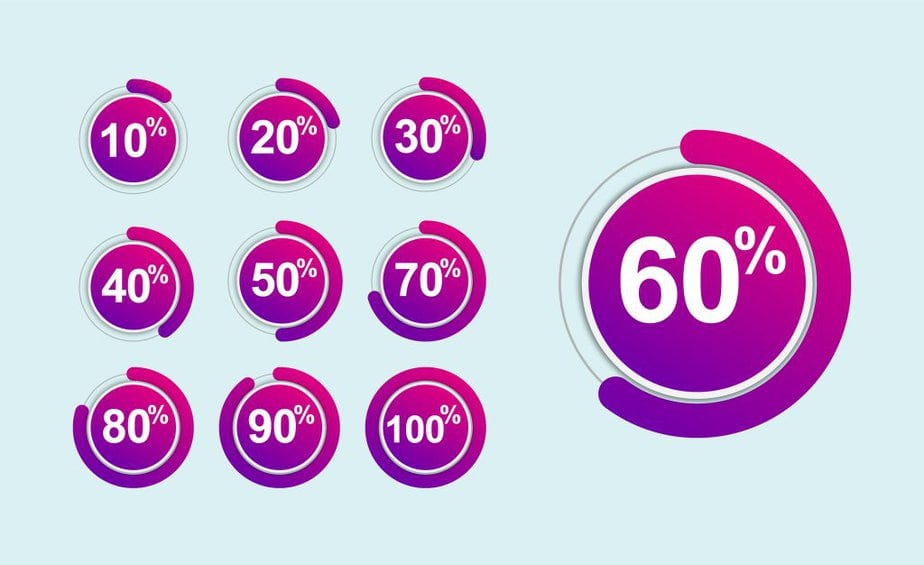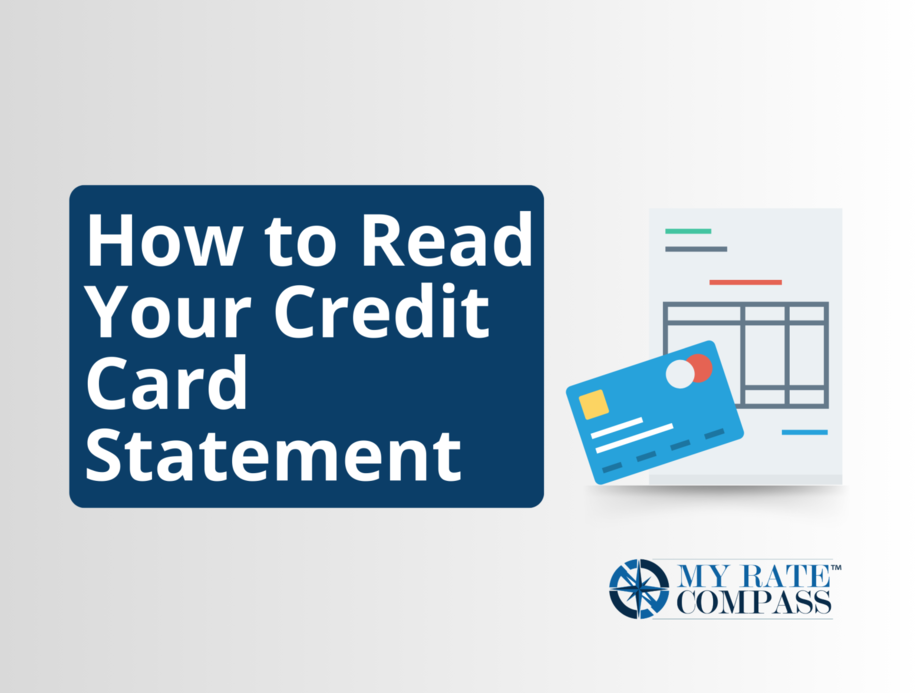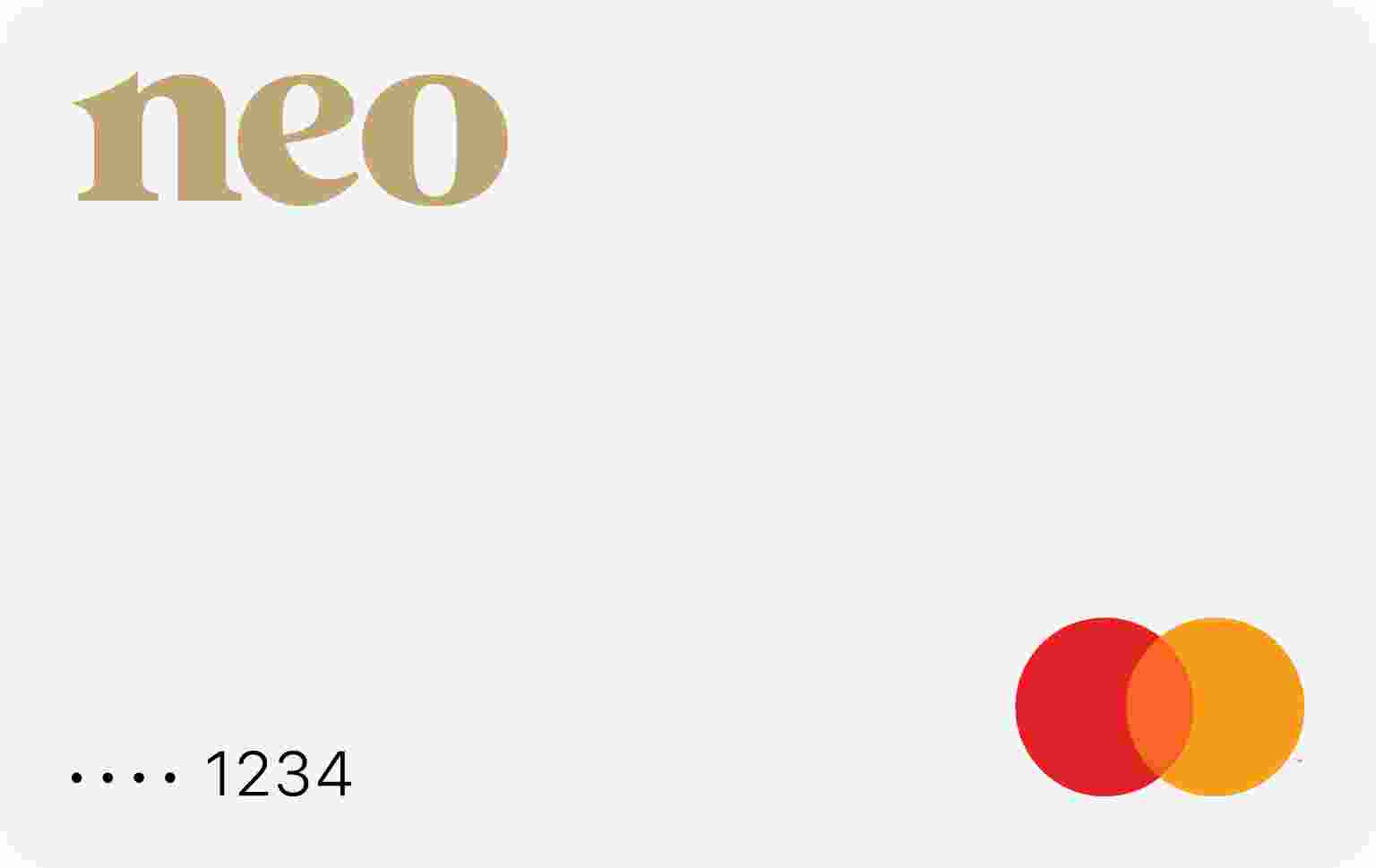Your credit utilization rate is the percentage of available credit on your credit card that you are currently using. For example, if your credit limit is $10,000 and your current credit card balance is $2,000, then your credit utilization is 20%.
The equation to calculate credit utilization is therefore:
(Current credit balance/credit limit) * 100
Your credit utilization has important implications for your credit score. Therefore, it’s vital to understand how it works and how you can use your credit utilization to improve your credit long-term. In this article, we discuss how credit utilization affects your credit score, the ideal credit utilization rate, and how to maintain low credit utilization.
If you’re trying to build good credit, or simply want to know why credit utilization affects your creditworthiness, we answer these questions and more below.
How Does Credit Utilization Affect My Credit Score?
A high credit utilization rate is often seen as a risk to lenders. If you use most of your available credit, lenders interpret this to mean you may struggle to pay it back in time. It’s beneficial to keep your credit utilization low for the following reasons:
- Impact on credit score: Your credit score is calculated based on your payment history, new and old credit, and your credit utilization. Your credit utilization makes up around 30% of your credit score calculation, so having a low utilization rate can affect your entire score.
- Better creditworthiness: Your credit utilization affects your credit score and, therefore, your creditworthiness, which can influence whether you get access to certain loans.
- Demonstrates financial responsibility to lenders: Overall, a low credit utilization rate shows that you have control over your spending and don’t max out your credit cards. This makes you an excellent candidate for loans.
While having a low credit utilization rate makes you an excellent candidate for loans and can demonstrate financial responsibility, having a high credit utilization rate does the opposite. This leaves us with the question:
What is the ideal credit utilization rate?
While there is no universal ideal credit card utilization rate, financial experts generally recommend keeping it below 30%. This means that you should aim to use no more than 30% of your available credit limit. However, the lower your utilization rate, the better.
If your credit limit is $10,000, the recommended utilization rate would then be $3,000 or below.
Tips To Maintain A Low Credit Card Utilization Rate
Below are some tips on how to keep your credit utilization rate in check:
- Pay your balance in full: Aim to pay off your credit card balance in full each month. This allows you to avoid accumulating interest charges and keep your utilization rate low.
- Make multiple payments: If paying off your balance in full is not feasible, consider making multiple payments throughout the month. This can help keep your balance lower and reduce your utilization rate.
- Increase your credit limit: Contact your credit card issuer and request a credit limit increase. This can help to lower your utilization rate, as long as you maintain the same level of spending.
- Use multiple credit cards: If you have multiple credit cards, distributing your expenses across them can help keep individual utilization rates low. However, be cautious not to overspend or miss any payments.
- Monitor your utilization rate: Regularly check your credit card balances and credit limits to stay aware of your utilization rate. This can help you make adjustments if needed and avoid any surprises.
Beyond just keeping your rate low, there are steps you can take to make this process easier for yourself. Such as:
- Regularly review your credit card statements: Check your credit card statements each month to track your spending and ensure there are no errors. Pay attention to your balances and credit limits to calculate your utilization rate accurately.
- Set up balance alerts: Many credit card issuers allow you to set up balance alerts that notify you when your balance reaches a certain threshold.
- Utilize credit monitoring services: Consider using credit monitoring services to keep track of your credit score and receive alerts for any significant changes.
- Regularly check your credit reports: Obtain a copy of your credit report from each of the major credit bureaus at least once a year. Review the information carefully to ensure there are no errors that could negatively impact your credit utilization rate.
The key is to actively monitor your credit utilization, be it through automated alerts, an annual credit check, or using credit monitoring services.
Strategies To Decrease Credit Card Utilization Rate
Sometimes life gets in the way, and you find yourself using more credit than you would like each month. Perhaps you’re carrying a balance or keep encountering financial emergencies. In this case, consider the following strategies:
- Create a repayment plan: Develop a repayment plan to systematically tackle your credit card debt. Prioritize paying off cards with the highest utilization rates or the highest interest rates first.
- Limit credit card usage: Temporarily reduce your credit card usage to minimize your balances and decrease your utilization rate. Consider using cash or a debit card for everyday expenses until you have your debt under control.
- Utilize balance transfers: If you have multiple credit cards with high balances, consider transferring the debt to a single card with a lower interest rate. This can help consolidate your debt and make it more manageable.
- Seek professional advice: If you are struggling with credit card debt, consider seeking assistance from a credit counselling agency or a financial advisor.
- Set up a small savings account: Having some savings set aside can help you avoid using more credit than necessary. While this is easier said than done, an emergency fund can help with much more than just credit utilization.
Remember, decreasing your credit card utilization rate takes time and discipline. By staying committed to your repayment plan and making responsible financial choices, you can gradually improve your creditworthiness and achieve a healthier utilization rate.
Common Misconceptions About Credit Card Utilization Rate
You might still have questions or misgivings about your credit utilization. Therefore, we’ve compiled the most common misconceptions below:
Myth 1: Closing unused credit cards will improve your utilization rate.
Our answer: It might seem logical to close unused credit cards to lower your utilization rate, but it can actually have the opposite effect. Closing a credit card reduces your total available credit, which can increase your utilization rate if you have outstanding balances on other cards.
Myth 2: Using credit cards is bad for your credit.
Our answer: Using credit cards is not inherently bad for your credit. In fact, it can help build a positive credit history and improve your credit score. Excessive utilization and carrying high balances can have a negative impact.
Myth 3: Paying off your balances immediately will boost your credit score.
Our answer: While paying off credit card balances in full is an excellent practice, it doesn’t guarantee an immediate boost to your credit score. Credit card issuers typically report your balances to the credit bureaus once a month, so it may take some time for the updated information to reflect positively on your credit report.
Myth 4: Utilization rate has no impact if you always pay your balances in full
Our answer: Even if you consistently pay off your credit card balances in full, your utilization rate still matters. Lenders and credit reporting agencies take into account your utilization rate when assessing your creditworthiness. Keeping it low can help you maintain a healthy credit score.
Final Thoughts
In summary, a lower credit utilization rate = a higher credit score. Using under 30% of your available credit demonstrates that you can use your credit with discretion. This can increase your chances of obtaining favourable loan terms and make you seem like a low-risk client to lenders.
Utilizing credit cards wisely involves striking a balance between responsible borrowing and effective debt management. By implementing the tips and strategies outlined in this article, you can take control of your credit card utilization rate and pave the way to financial success.






